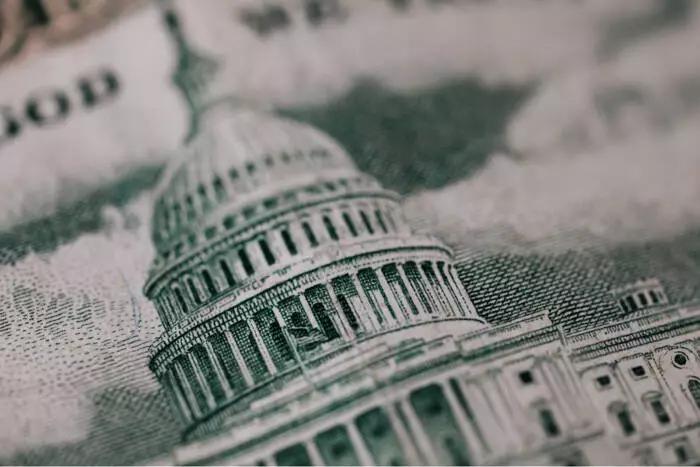Recent data shows a modest increase in consumer prices for June, a sign of stabilization that masks deeper underlying concerns. While this slight uptick might seem reassuring at first glance, it masks the brewing storm driven by external factors such as tariffs and trade policies. The disconnect between consumer inflation and producer price stability indicates a complex inflation landscape. Markets and policymakers are acutely aware that underlying pressures could intensify, especially as tariffs imposed during the previous administration make their effects more pronounced. The Federal Reserve’s cautious language underscores the fragile situation, emphasizing that inflation could accelerate later this summer, mainly due to these trade-related levies. This cautious stance signals a potential shift in monetary policy, although uncertainty remains high.
The Contradiction of Job Market Weakness and Stable Data
Despite ongoing fears about inflation, the employment landscape presents an intriguing paradox. Headline employment figures suggest relative stability, yet underlying private-sector labor market signals are showing cracks. Strategists like Lou Brien of DRW Trading express concern that sluggish hiring growth and muted job creation could become a catalyst for rising unemployment if layoffs increase. This divergence points to a labor market that is not as robust as the headline numbers suggest, possibly foreshadowing vulnerability if economic conditions worsen. Weak private employment data serve as a warning sign that the labor market’s resilience might not be enough to withstand further shocks, especially in an environment rife with trade tensions and tariff-induced headwinds.
The Federal Reserve’s Dovish Outlook and Market Sentiment
Among policymakers, a growing consensus favors preemptive action rather than reactive measures. Fed Governor Chris Waller’s recent comments reveal a dovish tilt, backing the idea of an interest rate cut in the upcoming July Federal Open Market Committee meeting. Waller believes that addressing potential hiring slowdowns should take precedence over concerns about inflation from tariffs, viewing rate cuts as a necessary measure to bolster economic momentum. Market expectations mirror this sentiment, with futures pricing in significant easing—around 45 basis points—by the end of the year. Traders are eyeing September as the most probable period for the first rate cut, reflecting a cautious approach geared toward preventing a deeper slowdown.
The Market Turbulence and Deepening Uncertainty
Market reactions have been volatile, often swinging based on geopolitical rumors and economic reports. Notably, rumors of President Trump contemplating the firing of Federal Reserve Chair Jerome Powell momentarily shook investor confidence, leading to a spike in market anxiety. However, the relief came swiftly when the rumor was denied, causing the dollar to rebound. This series of events highlights the fragile equilibrium financial markets operate within, especially when political uncertainties intertwine with economic indicators. The overall sentiment suggests investors are bracing for a period of heightened volatility, driven by conflicting signals—rising inflation risk amid sluggish growth and potential policy shifts. As the year unfolds, the risk of misreading these signals remains high, emphasizing the need for vigilance and adaptability in strategy.

